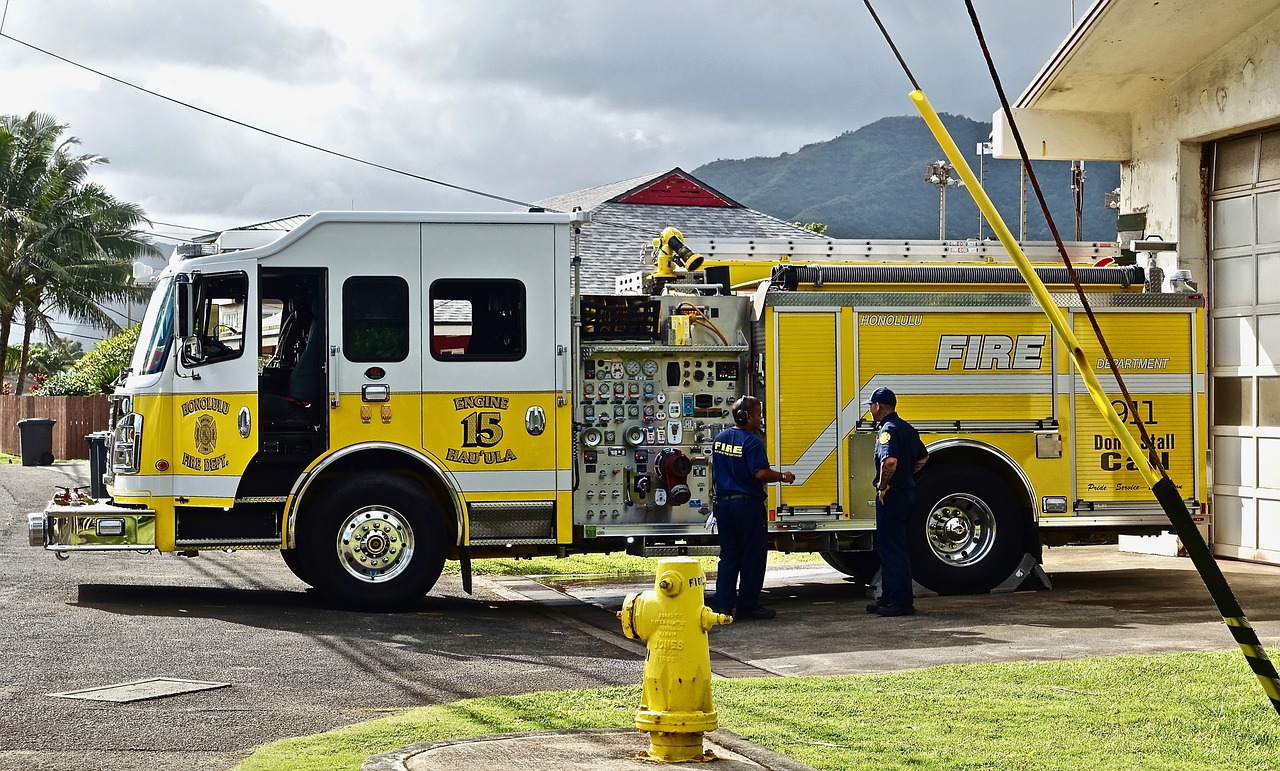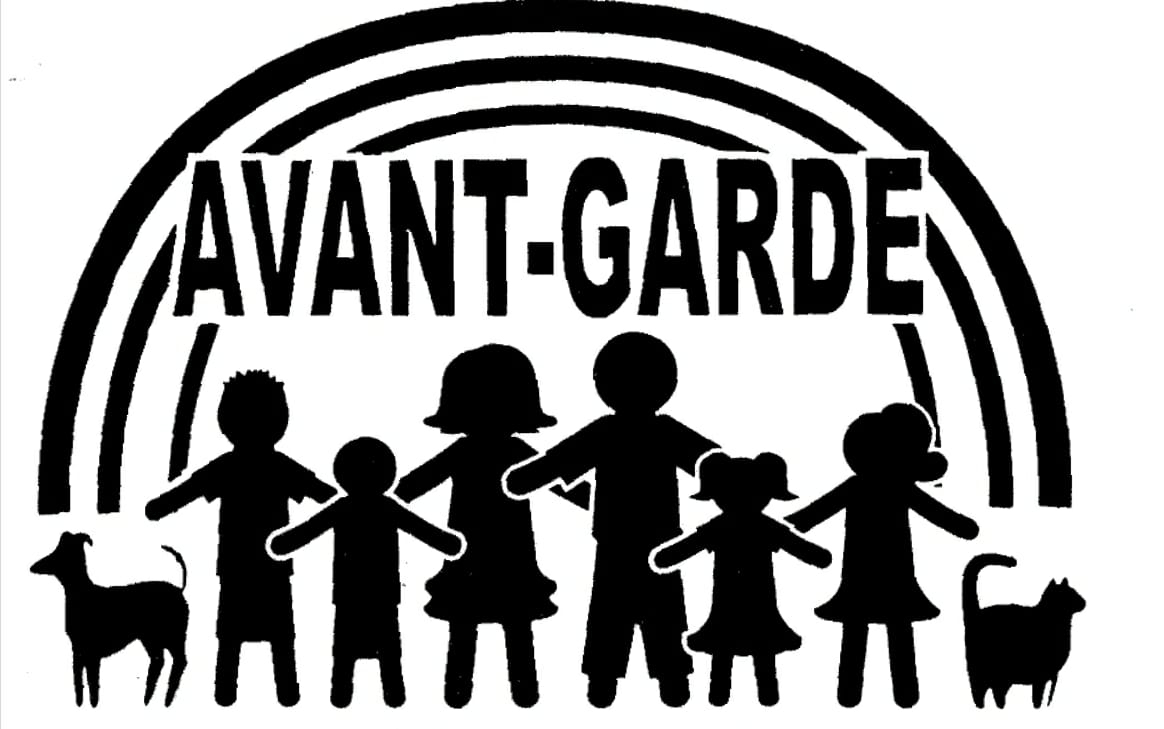
Every household needs to be prepared for possible emergencies. Earthquakes, fires, floods, and other unforeseen disasters can be chaotic without a plan in place. Having foster children in the home requires some additional preparation.
Disaster and emergency procedures, dictated by the state and the agency, are in place to help protect the foster youth and the resource family from potential danger. Be sure to follow all guidelines provided by the state and your agency, which covers these requirements in greater detail.
Being prepared with these steps can provide peace of mind. And knowing what to do should an emergency arise will allow everyone to stay as calm as possible.
Requirements
Each home must have emergency telephone numbers posted in a visible area, as well as be on file at the home agency office. These will include doctor, ambulance, local emergency room, county social worker, agency social worker, Child Abuse Registry, and any other pertinent numbers. Foster families also have 24-hour direct access to an agency social worker.
All Resource Foster Families are required to conduct a minimum of two Emergency Disaster Trainings per year, practice regular disaster drills, and have an Emergency Disaster Plan in place.
Resource parent must stay current on their CPR and First Aid training certifications. All homes must have a well maintained first aid kit and manual. Foster homes must keep a seven day supply of emergency food staples and water on site.
Emergency Disaster Plan
The Emergency Disaster Plan includes:
• Emergency Exit plan
• Facility Outline Sketch
• Utility shut-off locations
• First Aid kits
• Transportation arrangement
• Temporary relocation sites
• Assignments during emergencies
• Emergency telephone numbers (e.g., fire, police, poison control, doctors, dentists, hospitals, social workers.)
In Case of Fire
The most critical action in case of fire is to evacuate the building, get everyone to safety and call 911. The Facility Outline will help everyone know ahead of time how to exit from each room safely.
It’s essential to have a prearranged meeting place away from the structure and a designated individual responsible for doing a head count.
A chain ladder is necessary for two-story homes to facilitate a safe exit from the second story.

Each home must be equipped with a Type 2A or 3A fire extinguisher mounted on the wall of the kitchen and certified annually. Extinguishing the fire may be possible in the early stages, but the evacuation of the family is of primary concern.
In Case of Earthquake
During an earthquake, it’s important to stay calm. Panic can cause harmful actions that result in death. If indoors, stay there. Get under a desk or table. Stay away from windows and large objects that may fall.
 It’s always recommended that heavy pieces of furniture be strapped to the wall to avoid deadly accidents.
It’s always recommended that heavy pieces of furniture be strapped to the wall to avoid deadly accidents.
If outside, get into the open, away from buildings and power lines. If you are driving, stop the car but stay inside. If you see downed power lines, DO NOT get out of the car! Electrical currents may be running through the ground, and your car is the safest place to be until help arrives.
First Things First
After the earthquake stops, check each family member for injuries. Immediately begin first aid as needed. Do not attempt to move a seriously injured person unless there is an immediate danger of further harm. Cover injured persons with blankets to keep them warm.
Next, secure the safety of the home:
Look for fire hazards
Shut off main gas valve
Do not search for a leak with a match.
Do not turn on the gas until the gas company has given the all clear. They will restore your service for you.
Do not use lighter or open flame appliances until you are confident no gas leaks exist.
Do not operate electrical switches or appliances if gas leaks are suspected. Shut off electrical power.
Do not touch fallen power lines or objects downed by power lines, or electrical wiring of any kind.
Open closets and cupboards carefully, as objects may fall out.
Emergency supplies to have on hand
• Portable radio with extra batteries
• Several flashlights with extra batteries
• First aid kit and handbook
• Several gallons of water for each family member
• Non-perishable food for a week
• Wrenches to shut off gas and water
• Locked container for each child’s medications, if applicable
• Copy of children’s records in the family car for emergency purposes.
For a comprehensive list of Emergency Supplies, check out the California Governor’s checklist here.
Remember, it’s always imperative to stay calm in any emergency. Your children will look to you for guidance and reassurance. For more information, contact us to request the complete list of home safety requirements. Our Foster Care Coordinators and social workers are always happy to help you make your home as safe as possible.
Article written by Cindy White Horvath. She can be reached at cindy@avgffa.org


